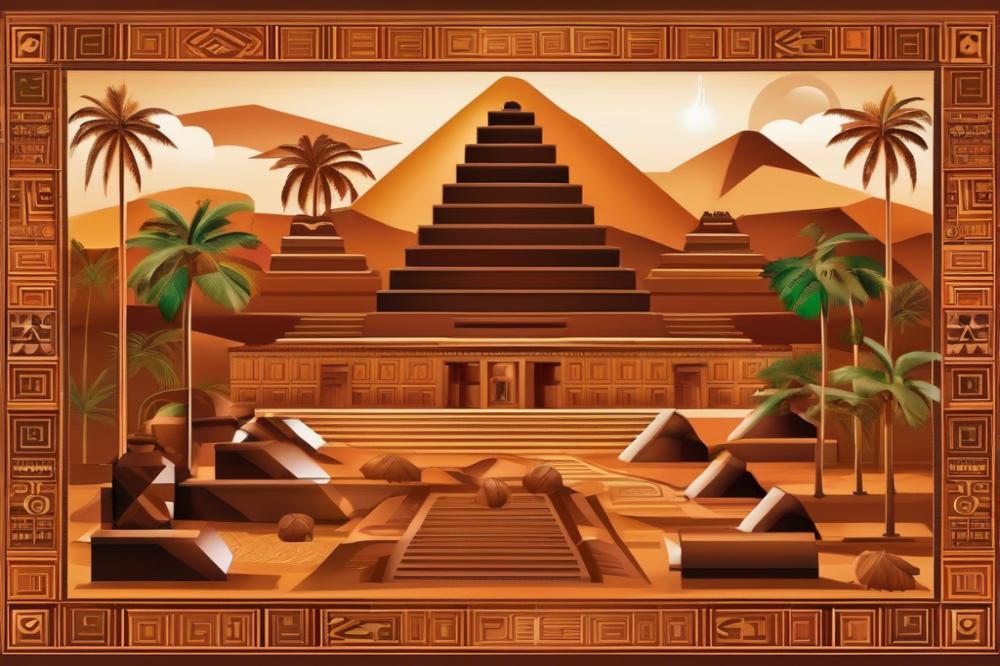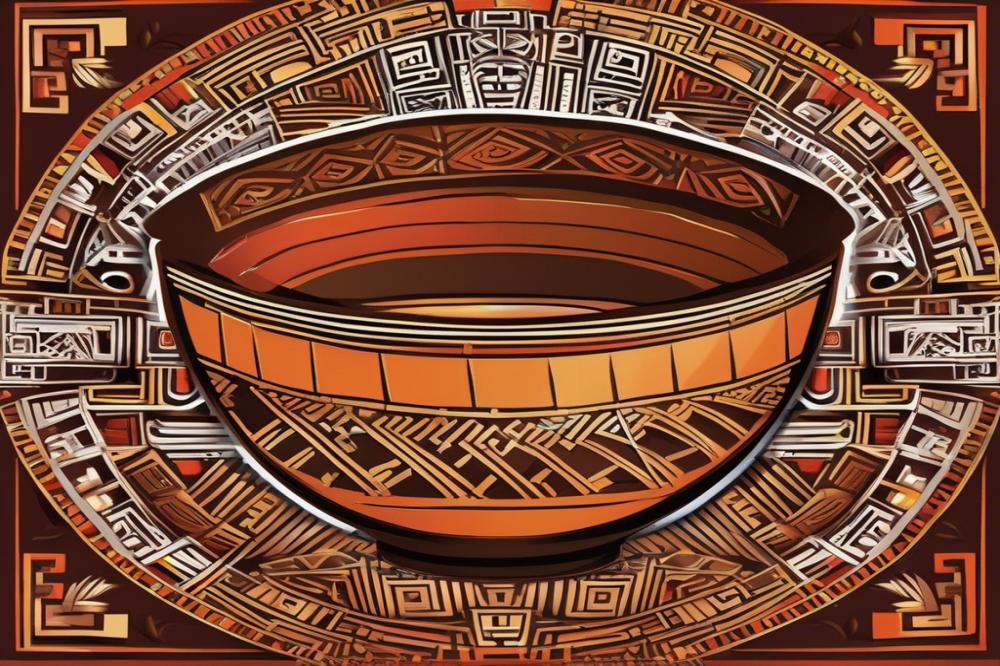Introduction
Chocolate, a beloved treat today, has a rich and fascinating history. Originating from the cacao bean, it was first used by ancient civilizations in Mesoamerica. The Olmecs, Maya, and Aztecs celebrated cacao not just as food but also for its cultural significance. They brewed drinks from ground cacao that were often reserved for rituals and special occasions.
In those times, chocolate was a luxury. It was prepared as a frothy beverage, often mixed with spices or honey. Its allure spread across continents, influencing various cultures. However, it wasn’t until the 19th century that chocolate began its transformation into solid forms we enjoy today. This shift was propelled by the industrialization of chocolate production, changing it forever.
The invention of the chocolate bar marked a pivotal moment in confectionery history. Pioneers like Fry, Cadbury, and Nestlé played crucial roles in this evolution by developing techniques for processing cocoa powder and creating smooth, solid chocolate. They made chocolate accessible to the masses, elevating it from a valued delicacy to an everyday treat. Now, chocolate bars come in countless varieties and flavors, appealing to a wide audience across the globe.
Understanding this progression from sacred beverage to ubiquitous snack highlights the significance of the chocolate bar in our lives. Its journey reflects broader changes in society, commerce, and technology. As we delve into the story of the chocolate bar, we uncover the inventiveness and passion that brought this delightful creation into existence.
The Early History of Cacao

Cacao has a rich and fascinating backstory that traces back to ancient Mesoamerica. Indigenous cultures, such as the Olmecs, Mayans, and Aztecs, cherished cacao long before it became a trendy treat. They found ways to transform the bitter beans of cacao into frothy beverages. For them, cacao was more than just food; it was a sacred gift from the gods.
These early cacao drinks were often spiced with vanilla, chili, or honey. They served a variety of purposes, from rituals to social gatherings. Wealthy individuals especially enjoyed these drinks as a sign of status. It wasn’t merely food; it became a cultural phenomenon ingrained in daily life. The Mayans even held cacao beans in such high regard that they used them as currency.
As centuries passed, cacao underwent a significant transformation. By the time it reached European shores, people in Europe began to modify the beverage, sweetening it with sugar and adding milk. This transition marked an important step towards what we now consider modern chocolate products. The combination of sugar, spices, and cacao created a delightful concoction that gained popularity.
The 19th century brought groundbreaking advancements that changed everything. The invention of cocoa powder allowed for easier production. With the rise of industrialization, companies like Fry, Cadbury, and Nestlé began experimenting with solid chocolate. This experimentation paved the way for the confectionery we enjoy today. Solid chocolate bars started to emerge, changing how people experienced cocoa.
This evolution from a sacred beverage to a solid treat showcases cacao’s unique ability to adapt. What began as a drink of choice for ancient elites transformed into a worldwide indulgence. The journey of cacao reflects human creativity and innovation. It’s amazing how something so simple can lead to such delicious outcomes!
The Development of Solid Chocolate
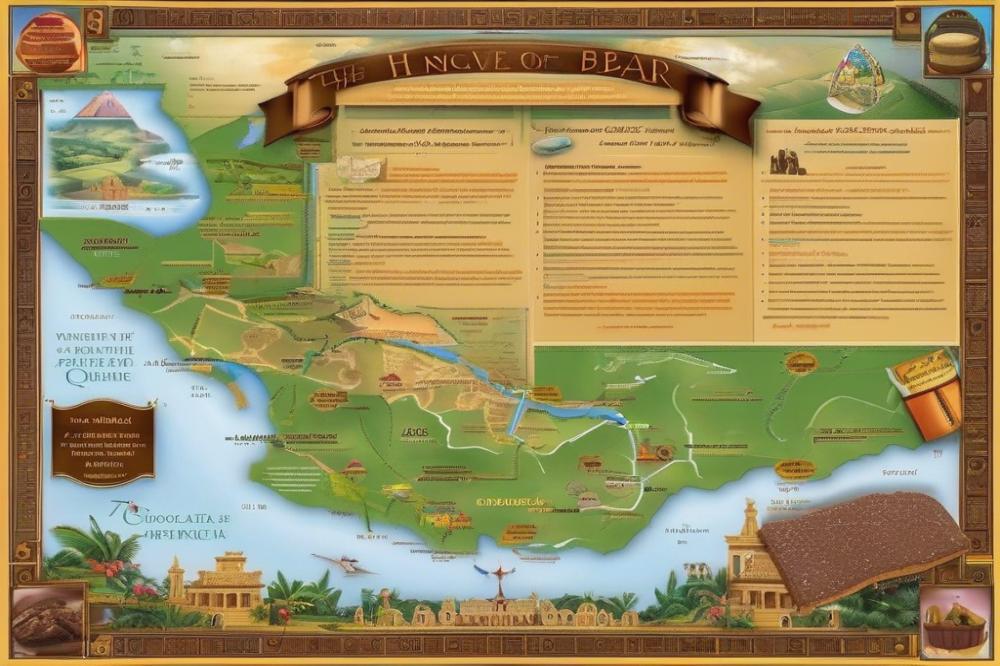
The journey to solid chocolate began with the transformation of cacao beans into something much more enjoyable. Innovations in chocolate processing played a vital role in this transformation. In the early 19th century, pivotal advancements emerged that shaped how we consume chocolate today.
One of the major breakthroughs was the introduction of cocoa powder. This invention allowed chocolate manufacturers to separate the cocoa solids from the cocoa butter, making it easier to create a variety of chocolate products. Without cocoa powder, making solid chocolate bars would have been nearly impossible. It significantly changed the landscape of the confectionery industry.
Joseph Fry, a key figure during this period, deserves special attention. He developed a method to mix cocoa powder with sugar and cocoa butter, resulting in a smooth and delicious chocolate paste. This technique laid the foundation for modern chocolate-making processes. Fry’s ability to create a solid form of chocolate in 1847 was revolutionary. Many consider this a turning point that led to the first chocolate bar.
As industrialization advanced, so did the chocolate-making process. Other notable figures, like Cadbury and Nestlé, also contributed to this evolution. Each innovator brought their own methods to the table. Cadbury emphasized quality and flavor, while Nestlé focused on making chocolate accessible to the masses. The competition among these companies fueled further innovations in confectionery.
Throughout the 19th century, the desire for chocolate grew steadily. People were no longer satisfied with just drinking chocolate; they wanted to chew it as well. The various techniques developed during this time ensured that solid chocolate could be mass-produced and enjoyed by everyone.
In summary, the development of solid chocolate involved numerous innovations and key figures. Today, we can thank Joseph Fry and others for paving the way for the chocolate treats we love. The combination of cocoa powder with unique processing techniques truly revolutionized how we perceive and enjoy chocolate.
The Birth of the Chocolate Bar
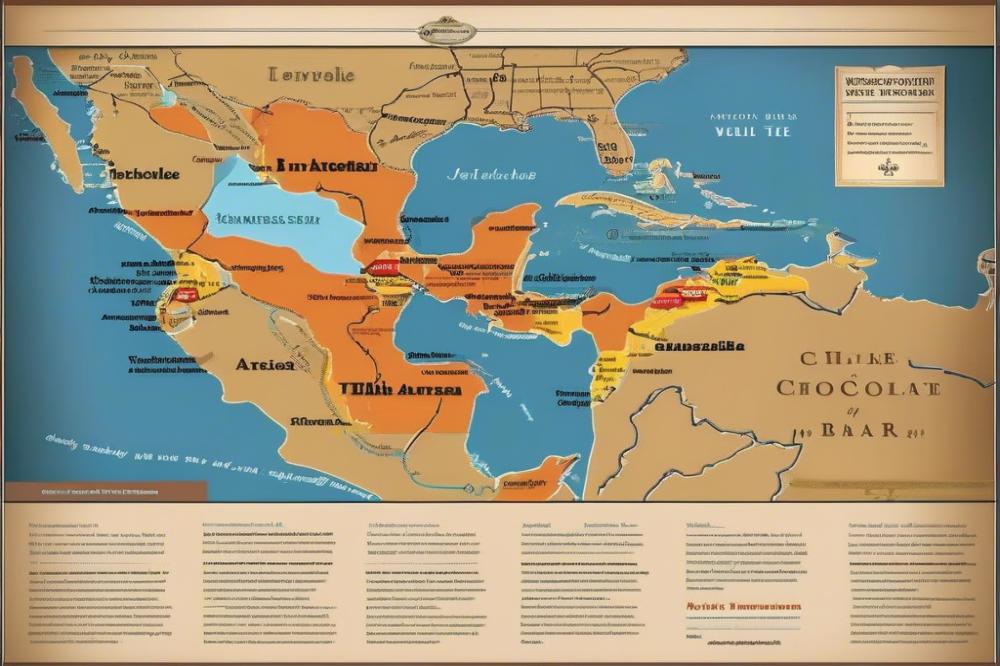
During the 19th century, cacao began its transformation into solid chocolate. This period marked significant changes in the production and consumption of chocolate. Companies like Cadbury and Fry played crucial roles in this evolution. They were not just interested in chocolate drinks anymore, but in creating a product that could be enjoyed in bars.
Cadbury, founded in Birmingham, England, was instrumental in developing methods that made chocolate more accessible. They introduced the use of cocoa powder, which was essential for solid chocolate formulation. This innovation reduced the cost and increased the availability of chocolate. Meanwhile, Fry, also in England, can be credited for the first-ever mass-produced chocolate bar. Their 1847 creation brought excitement to the chocolate world.
Nestlé was another pioneer in this field. In the late 19th century, Nestlé teamed up with Swiss chocolatier Daniel Peter. Their collaboration led to the creation of milk chocolate. This combination of cocoa and milk became a game-changer. People found milk chocolate smoother and creamier than the dark varieties that dominated before.
Marketing played a significant role in the rise of these confectionery delights. The newly formed chocolate bars were marketed not just as treats, but as something enjoyable for everyone. Companies started using eye-catching packaging and catchy slogans to capture consumer attention. This strategy worked brilliantly. People rushed to stores to satisfy their sweet cravings.
Consumer demand skyrocketed during this time. The shift towards a more industrialized society meant that people had more disposable income. Families looked for affordable luxuries to enjoy. Chocolate bars filled that need perfectly.
As chocolate became more popular, various brands began to emerge. Cadbury launched its Dairy Milk bar, a product that soon became a household name. Nestlé followed suit with its own assortment of treats. The competition heightened the quality and variety available to the public.
Chocolate bars became more than just snacks; they became symbols of joy and indulgence. With each bite, consumers felt a sense of pleasure that few other foods could provide. This genuine connection turned casual nibblers into loyal fans. As a result, chocolate bars solidified their presence in confectionery history as must-have delights for everyone.
Industrialization and Mass Production
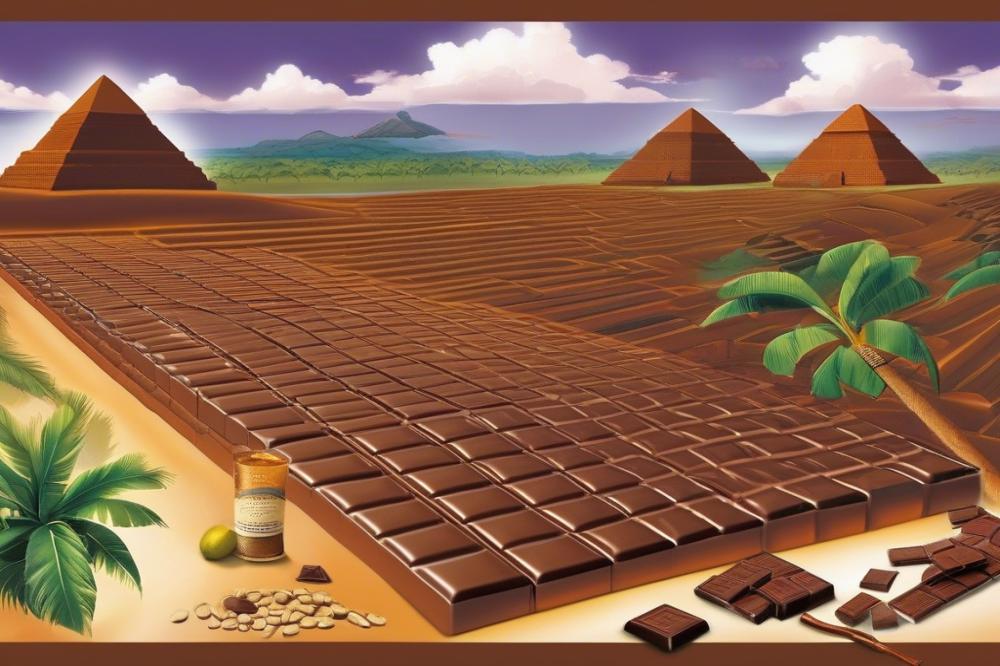
The 19th century marked a remarkable shift in how we consumed chocolate. Thanks to industrialization, production processes changed drastically. Factories replaced small-scale workshops, which allowed for larger quantities of products. This jump in production meant more people could enjoy chocolate, transforming a luxury into a common treat.
New advancements in technology played a vital role in this change. Inventors developed machines that could grind cacao beans more efficiently. Innovations also included steam-powered equipment that sped up the manufacturing process. Consequently, the creation of solid chocolate became feasible, opening the door for chocolatiers like Cadbury and Fry to make their famous bars.
During this time, cocoa powder entered the scene. This ingredient became popular as it could be mixed with other compounds to create various treats. Businesses started to experiment with sugar and flavoring, leading to diverse confectionery options. Nestlé was among those who played a big role in this expansion, producing not just chocolate but chocolate products that catered to different tastes.
The global trade of cacao beans significantly influenced the chocolate industry. Cacao is grown in tropical regions, and these areas relied heavily on international trade. This access brought cacao from distant lands right to the factories in Europe and America. As demand skyrocketed, the need for a reliable supply led to various trade routes being established.
Mass production also introduced chocolate to a broader audience. Advertising campaigns began targeting the general public, promoting products in ways never seen before. With appealing packaging and marketing, brands made chocolate a household name. Everyone began to crave these delightful snacks, all thanks to the strides made during industrialization.
The Evolution of the Chocolate Bar in the 20th Century
Throughout the 20th century, the chocolate bar underwent significant transformation. After the advent of solid chocolate in the 19th century, manufacturers began experimenting with various ingredients and techniques. Companies like Cadbury and Fry emerged, paving the way for a boom in the confectionery industry.
By the early 1900s, new flavors started hitting the market. Milk chocolate gained immense popularity, thanks to the development of cocoa powder. This allowed for smoother textures and richer tastes. Nestlé entered the scene with innovative products that captured consumer attention. Unique combinations, such as chocolate mixed with nuts and caramel, began appealing to different palates.
During the Great Depression, chocolate bars became an affordable treat for many. Cost-effective and delightful, they served as a source of comfort. Children cherished their lunchtime treats, while adults found solace in a sweet break from reality. Marketing strategies incorporated these emotional ties, making chocolate bars a beloved staple in society.
World War II also played a role in the chocolate bar’s evolution. Soldiers were given ration bars for energy. These bars were designed for durability and portability, ensuring that they could withstand various conditions. As a result, soldiers returned home craving the sweet delights they once relied on. This fueled demand for chocolate and increased its status as a common snack.
The late 20th century saw the explosion of brands worldwide. New companies entered, bringing exciting flavors and textures. The world was introduced to white chocolate, dark chocolate, and even “healthy” options. Flavors like mint, orange, and coffee were no longer out of reach. Each brand sought to define its unique appeal, creating a diverse array of choices for consumers.
Culturally, chocolate bars became symbols of celebration and indulgence. They are now often exchanged during holidays and special occasions. The convenience and variety ensure they remain a popular gift. Not just a sweet treat, these bars have woven themselves into the fabric of social life. They bridge generations, creating lasting memories and traditions.
In examining the evolution of chocolate bars throughout the century, one sees innovation driven by industrialization and creativity. Each decade brought changes that reflected consumer tastes. From humble beginnings to today’s wide variety, the chocolate bar has claimed its place in history and hearts around the world.
Wrapping Up the Sweet Journey of Chocolate
The story of chocolate’s evolution is rich and intriguing. It all starts with the cacao bean, valued by ancient civilizations for its flavor and potential. Early on, people embraced the bitter drink made from cacao, seeing it as a divine gift. Over centuries, the transformation from beverage to solid treat marked a significant shift in how society viewed chocolate.
During the 19th century, innovation played a crucial role in this evolution. Advances in technology changed chocolate from a luxury item to a mass-produced delight. The introduction of sugar and milk into recipes made it more appealing to a wider audience. By combining these ingredients, creators crafted something that would soon become an essential part of confectionery.
Modern times have witnessed an explosion of flavors and experiences. Today’s chocolate bars come in an array of forms and textures. Each version carries its own charm, appealing to diverse tastes and preferences. Those sweet creations remain popular choices for gifts, snacks, and indulgence.
As we reflect on this journey, it’s clear that chocolate bars maintain a special place in our hearts and homes. They have shaped cultural moments, celebrated milestones, and comforted us during tough times. Looking ahead, the future appears bright. With trends leaning towards artisanal and ethically sourced products, chocolate continues to evolve while staying grounded in tradition.
Chocolate beckons to be explored, celebrated, and shared. The love for this sweet treat is far from fading; it endures. With each bite, we take part in a legacy that connects us to the past and points toward a promising future. Whether as a daily snack or a special gift, chocolate will always leave a lasting impression.


